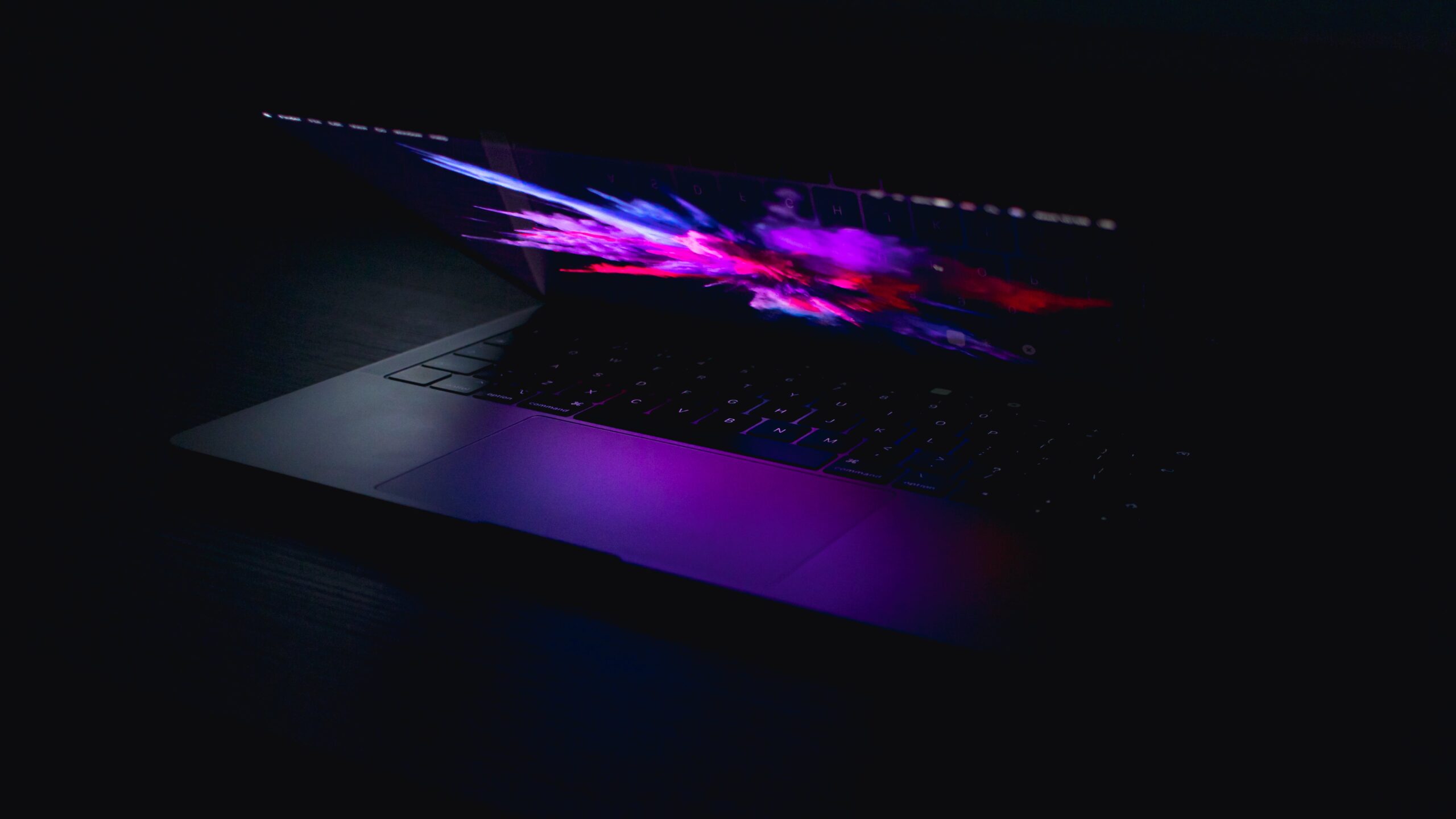Key Takeaways
- Legal and Ethical Imperative: Web accessibility for the visually impaired is not just a good practice but a legal and ethical necessity.
- Broadening Audience Reach: Improving accessibility can significantly expand your audience, as millions of people worldwide are affected by visual impairments.
- SEO Benefits: Many accessibility features, like alt text for images, also boost your site’s SEO.
- Better User Experience: Accessible websites offer a cleaner, more organized user experience for all users, not just those with visual impairments.
- Avoiding Legal Repercussions: Non-compliance with accessibility standards can lead to lawsuits and damage to your brand’s reputation.
Understanding The Importance
- Over 2.2 billion people globally have a vision impairment, highlighting the importance of creating accessible websites.
- Accessible websites enable people with impairments to participate more actively in society and access information and resources independently.
- In many countries, including the U.S., web accessibility is a legal requirement, and failure to comply can lead to lawsuits.
- One in four U.S. adults has a disability, meaning a significant portion of any website’s potential audience may require accessible features.
Common Challenges and Solutions
- Screen Readers: Use software that translates website content into speech or braille. Popular screen readers include JAWS, NVDA, and VoiceOver.
- Special Browsers: WebbIE, EIA, and PnC Net are designed for visually impaired users but may lack some advanced features.
- Screen Magnifiers: Essential for users with low vision but require a well-structured webpage to maintain context.
- Keyboard Accessibility: Ensure your website is navigable using keyboard commands alone, as many visually impaired users rely on keyboards.
Best Practices for Design and Development
- Early Integration: Consider accessibility from the beginning of the design process.
- Color Contrast: Ensure high contrast between text and background, meeting WCAG requirements.
- Font Size and Clarity: Provide options for font size adjustments and use clear, simple fonts.
- Avoid Overuse of Color and Images: Limit colors and avoid text over images for better clarity.
- Content Structure: Use headings and logical structures to make content understandable via screen readers.
- Alt Text for Images: Provide descriptive alt text for images and buttons.
- Reduce Ads and Pop-Ups: Minimize ads and avoid pop-ups that can disrupt the user experience.
- Language Clarity: Include language information to assist screen readers in correct pronunciation.
Conclusion
Creating an accessible website for blind and low vision individuals is crucial for inclusivity, legal compliance, and improving overall user experience. By following the above practices, developers and website owners can ensure their sites are navigable, understandable, and enjoyable for all users, regardless of their visual abilities. /
Updated 12-14-2023, 11:43 pm EST
Stay in touch with the latest in on-demand hiring and discover how Hokantan is leading the way in providing adaptable solutions for your business needs.

Leave a Reply